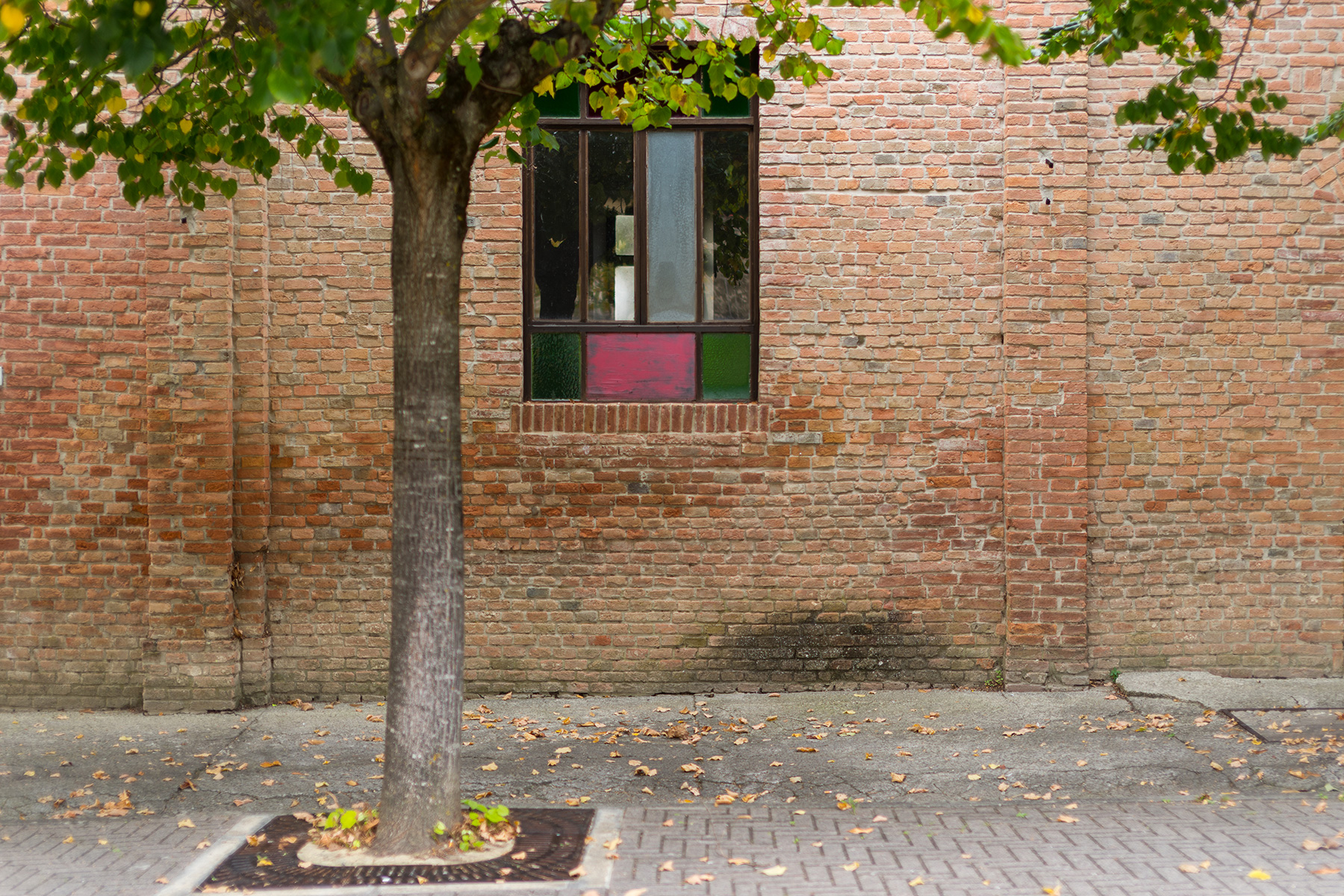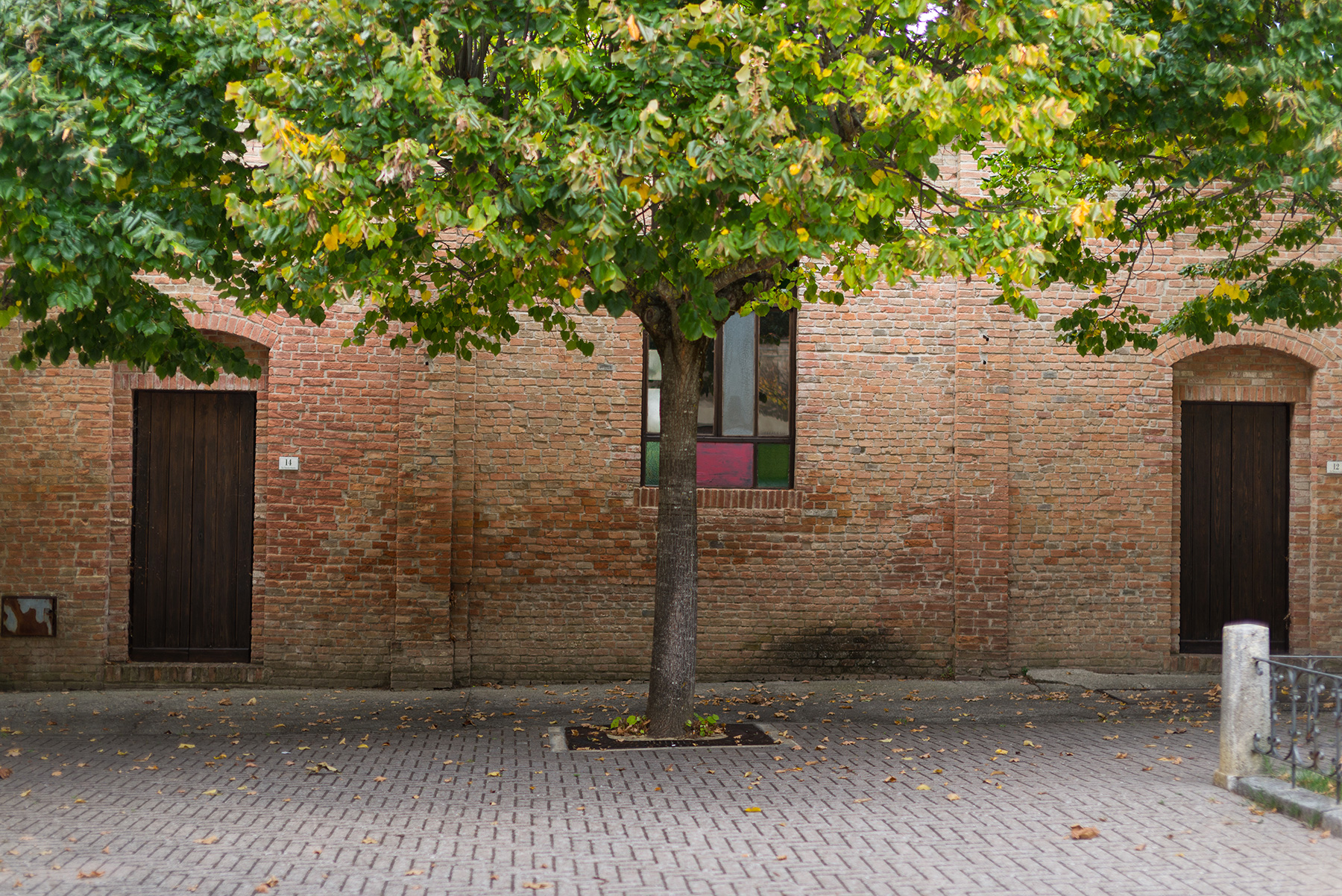I PROGETTI:
Alberto Garutti
Untitled
1997
In Fabbrica Garutti finds himself compelled to work in a visually new space, without any personal reference. The solution, untypical of him, is full of new opportunities of expressiveness. Unlike the other two hamlets of Montecchio and Ghizzano, Fabbrica has maintained less architectural homogeneity as the ancient buildings are next to those of new construction. Garutti's idea is to restore a building that is significant for the village and make it usable again, while maintaining its original features. His intentions and his artistic, ethical and aesthetic priorities seem to bend toward the expressed or unexpressed wishes of the community. However, Garutti's social art is neither accommodating nor properly philanthropic. Instead, it embodies the common will to give value to the pre-existing and to consolidate the values and connections on which common living is based. Initially his attention was directed to the building of an elementary school that had been closed for long time, whose structure had not yet deteriorated so much as to make it impractical. It was a poetic but also a political gesture, aimed at drawing attention to an old building that seemed to have been forgotten and which is no longer functional to the village, despite being an important part of its urban fabric. In his work, Garutti wanted to effectively involve the community and make it participate in the project, subtracting it from the passive role it is traditionally given. It is the "bar", the meeting point of the town, from which the next work originates. Speaking with the locals, listening to their stories, stories of their past, the artist is able to identify another important building in Fabbrica: a building owned by the curia, used as a parish hall. That place, which had previously served as a theater, was a meeting point, perhaps the only meeting point in the town. A place where the destinies of the inhabitants were intertwined and where bonds, sometimes even sentimental ones, were born. From this, an interest by the community itself towards the artist's work arises, with the aim of giving space to the old function of building. What Garutti creates is a restoration of the façade with a mainly symbolic intention. At the entrance he also inserts an inscription that reads: "This work is dedicated to the girls and boys who fell in love in this small theater. July 18th, 1997" An fundamental gesture but full of meaning: in this case, art becomes a catalyst for social aggregation.
Bibliography
Marco Scotini edited by, Rapporto confidenziale, 2003 Gli Ori, Prato.
Marco Scotini edited by, Contatto. 1. Cantiere Peccioli: arte pubblica e progetto urbano, 2003 Gli Ori, Prato.
Cristiana Ferrario, Peccioli una realtà dell’arte ambientale in Italia, Degree thesis of the Course in Sciences of Historic-Artistic, Musical, Cinematographic and Theatrical Heritage. Historical-Artistic Curriculum, University of Siena, academic year 2009-2010.
Federica Marras, Territorio e creatività: l’esempio della Belvedere S.p.A. dalla discarica al Polo Museale, Degree Thesis of the Course in Sciences of Historic-Artistic, Musical, Cinematographic and Theatrical Heritage. Historical- Artistic Curriculum, University of Siena, academic year 2009-2010.
PHOTOGALLERY


SCHEDA OPERA
| Artista | Alberto Garutti |
| Titolo Opera | Untitled |
| Data | 1997 |
| Tecnica | |
| Tipologia |
DOVE SI TROVA
Fabbrica